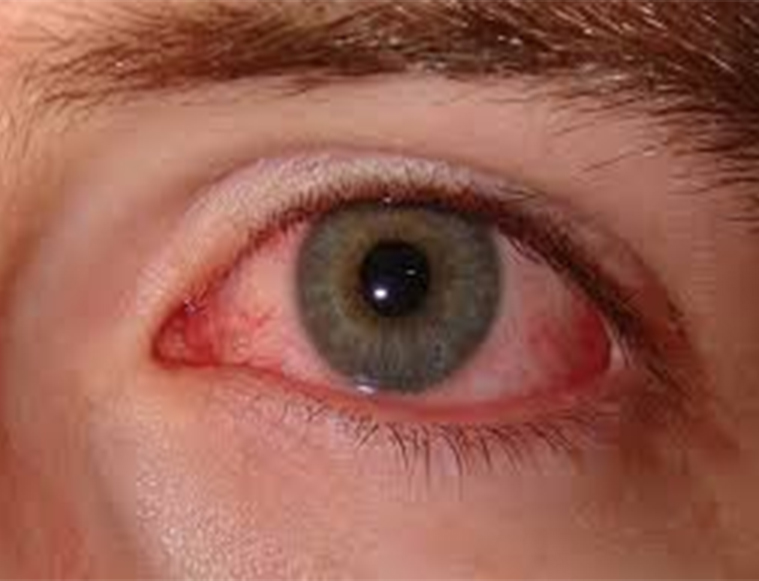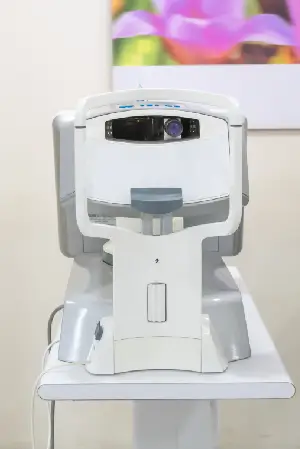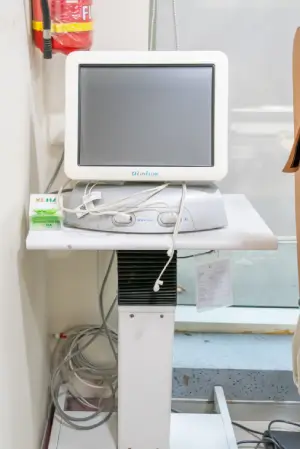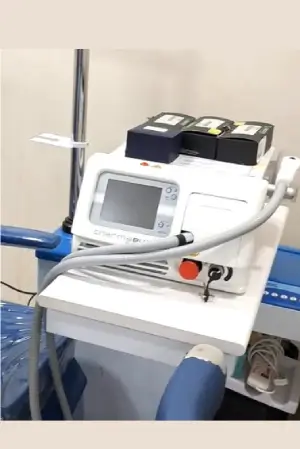
Dry eyes, otherwise called dry eye disorder or keratoconjunctivitis sicca, is a condition described by deficient or low quality tears to grease up and feed the eyes. Tears are essential for maintaining the health and comfort of the eyes, providing a smooth surface for clear vision and protecting the eyes from irritants and infections.
Computer Vision Syndrome (CVS), also known as digital eye strain, is a condition caused by prolonged use of digital screens such as computers, smartphones, tablets, and other electronic devices. It is characterized by a range of symptoms that result from staring at digital screens for extended periods. The main factors contributing are:
1. Extended Screen Time: Spending long hours in front of digital screens can cause eye strain and fatigue.
2. Reduced Blink Rate: People tend to blink less frequently when using digital devices, leading to reduced moisture on the surface of the eyes.
3. Blue Light Exposure Computerized screens produce blue light, which can add to eye strain and disturb rest designs
4. Screen Glare: Glare from screens or reflections can cause discomfort and strain on the eyes.

LIPIVIEW Diagnostic Test
Non-invasive technology to assess Meibomian Gland Dysfunction (MGD) and guide personalized treatment plans.

LIPIFLOW Dry Eye Therapy
In-office procedure using heat and massage to unclog and stimulate meibomian glands, restoring the tear lipid layer.

IPL Dry Eye Therapy
Intense Pulsed Light targets inflammation and dysfunctional blood vessels, alleviating dry eye symptoms.
When the tear production or composition is disrupted, it can lead to dry eyes. Several factors can contribute to this condition, including:
It's important to consult with an eye care professional, such as an optometrist or ophthalmologist, if you experience persistent or severe dry eye symptoms for proper diagnosis and appropriate treatment options.